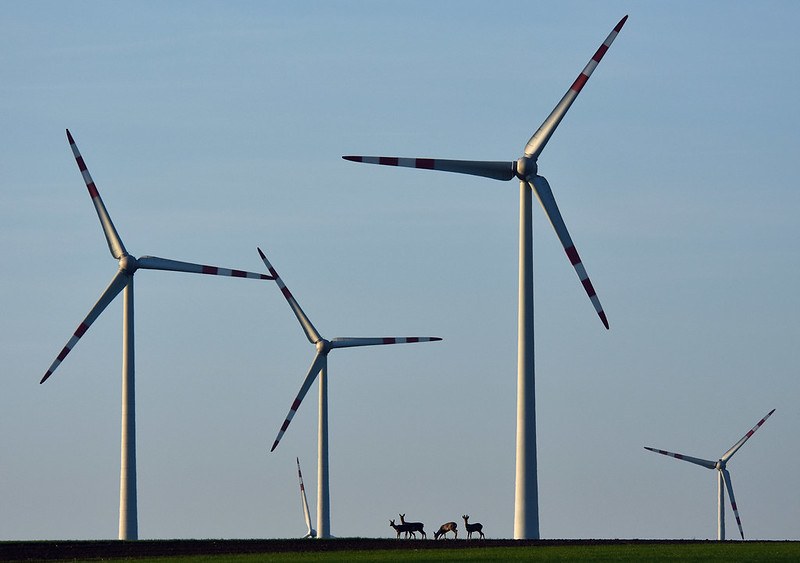All official European Union website addresses are in the europa.eu domain.
See all EU institutions and bodiesElectric cars, vans, trucks and buses will play a key role in reducing some of the negative impacts of road transport on human health, the environment and climate. Faced with a growing transport demand, electric vehicles alone cannot be enough to achieve a sustainable road transport in Europe. They need to be seen within the wider mobility system, with a focus on mobility need and alternative modes of transport.
Across its life cycle, a typical electric car in Europe produces fewer greenhouse gases (GHG) and air pollutants or noise, compared with its petrol or diesel equivalent. Emissions are usually higher in the production phase, but these are more than offset by lower emissions in the use phase over time.
According to EEA report on electric vehicles, GHG emissions of electric vehicles were about 17-30% lower than the emissions of petrol and diesel cars. The production of electric cars is also expected to become more efficient, and the production of electricity cleaner, every year the life-cycle emissions of a typical electric vehicle could be cut by at least 73% by 2050.
The number of electric vehicles is growing in Europe, every year. For example, electric car registrations for 2023 made up 23.6% in the share of total new car registrations, according to preliminary data. For a sustainable mobility system, electric vehicles alone will not be enough. Moreover, production of electric vehicles will still require substantial resources and generate pollution. Electric vehicles will also not solve the problem of growing transport demand, time spent in traffic or finding a parking spot.
The real question is how to meet society’s need for point-to-point mobility and for social interaction and access to goods and services. From extensive public transport, car-sharing schemes, shared self-driving cars and a shift to alternative modes of transport (such as rail, walking and cycling) to improved spatial planning and new approaches that can reduce the need for mobility, such as working from home.
How to increase the uptake of electric vehicles
Our latest Europe's environment — State and outlook report (SOER 2020) identified the following measures used across Europe to accelerate the uptake of electric vehicles:
- financial support to the electric vehicle industry;
- public investments in charging infrastructure or subsidies for home chargers;
- public procurement of electric vehicles (e.g., for municipal vehicle fleets);
- state aid for electric public transport;
- indirect consumer incentives such as preferential access to bus lanes, free or preferential parking, access to low‑emission zones, free charging at public stations and road toll exemptions;
- consumer outreach and education policies; and
- regulatory incentives such as sales targets for electric vehicle manufacturers or bans on sales of internal combustion engine vehicles.
Renewable energy in transport
From biofuels to wind-generated electricity, different renewable energy sources are used across the transport sector.
The share of energy from renewable sources used for transport in the EU increased from under 2% in 2005 to 10.2% in 2020. This means that, collectively, the EU Member States reached the 10% target for the share of energy from renewable sources in the transport sector.
Preliminary EEA data indicate that in 2021, the share of energy from renewable sources used for transport in the EU stabilized at around the same level (10.2%). Progress among the EU Member States varies significantly, from 5.6% in Greece to 34% in Sweden.

